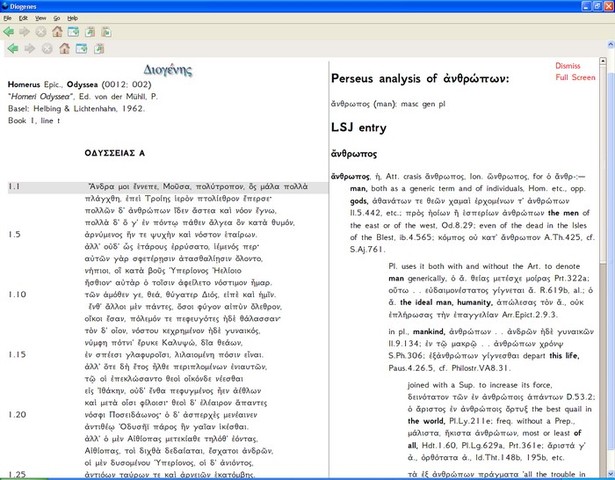


It is therefore assumed that this is the only surviving imperial portrait where Christ is crowning a junior emperor and empress. Costuming of the couple also favors the Romanos II theory, as Romanos is shown wearing a loros while Eudokia wears a chlamys, signifying she is subordinate in rank to the senior empress, Helena. There is also some allusion to the Eudokia figure’s ‘child-like features’.
Romanos diogenes full#
In contrast, the later Romanos IV would have been about 30 and had a full beard. Stating that “emperors are always shown more or less as they looked”, scholars point to the fact that the Romanos depicted on the Ivory is beardless, and therefore more likely to be Romanos II, who was only six years old by the time of his coronation in 945 CE. The image of this double coronation was also used on seals and the coinage of the realm to both promote Eudokia’s power and legitimize Romanos IV as emperor.Ĭontemporary scholarship on this piece asserts that this work represents the 945 CE Easter coronation of junior emperor Romanos II and his child bride, Bertha (renamed Eudokia on her arrival at court). The term was only used by two other women, both of whom assumed the throne as sole rulers or regents for their sons during their lifetime. Basilis (and Basilissa) was a title only used by women who were regents for their minor sons, which Eudokia Makrembolitissa was at the time of her marriage to Romanos IV. Until 1926, this panel was assumed to be depicting the coronation and/or marriage of Romanos IV Diogenes and Eudokia Makrembolitissa, mainly due to the inscription over Eudokia’s head which reads “ Basilis Rhomaion”. Discoveries of other carved relief works in the 20th century led researchers to think that it represents the earlier Romanos II, changing the date of creation to somewhere between 945 and 949. It was first believed to represent Romanos IV and therefore dated between 10. However, there were two imperial couples by these names and scholars have yet to agree which is shown. Inscriptions name the figures of the emperor Romanos and his wife Eudokia, who are being blessed by Christ. The panel is currently in the Cabinet des Médailles of Paris. The Romanos Ivory is a carved ivory relief panel from the Byzantine empire measuring 24.6 cm (at the highest) by 15.5 cm and 1.2 cm thick.


 0 kommentar(er)
0 kommentar(er)
